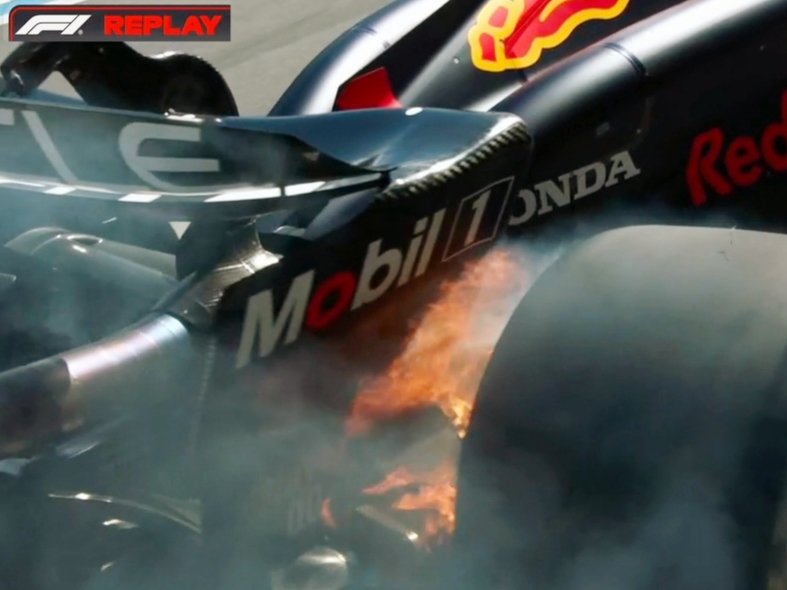Porpoising is an issue on most 2022 #F1 cars.
Red Bull have found their solution in a very clever & legal suspension innovation. So they can now run super close to the track.
With gas springs and inerters banned, they've exploited a non-newtonian fluid filled damper.
Thread:-

Red Bull have found their solution in a very clever & legal suspension innovation. So they can now run super close to the track.
With gas springs and inerters banned, they've exploited a non-newtonian fluid filled damper.
Thread:-


Everyone knows from home science experiments that non newtonian fluids are liquid, but become semi solid when a large force is applied to them. Like the Corn starch on a speaker experiment, even custard is a NNF! 

I spoke to RBRs ex-Honda suspension engineer, Kesonyu-san about the system. The NNF filled damper does not affect normal suspension movement, but when the car starts to porpoise its non newtonian properties resist the bouncing. 'Porpoising Intervention Engineering' he calls it ! 

Jo explained to me the fluid is hard to engineer, operate & maintain. Needing to be at a higher temperature, so the RB18 rear pushrod set up places the fluid damper close to the hot exhaust. The mechanics joke it's the custard damper, but stripping the hot damper runs risks... 

That if it explodes you could end up with custard pie on your face, says Jo Ke-Son-You
#April1st
#April1st
• • •
Missing some Tweet in this thread? You can try to
force a refresh









































